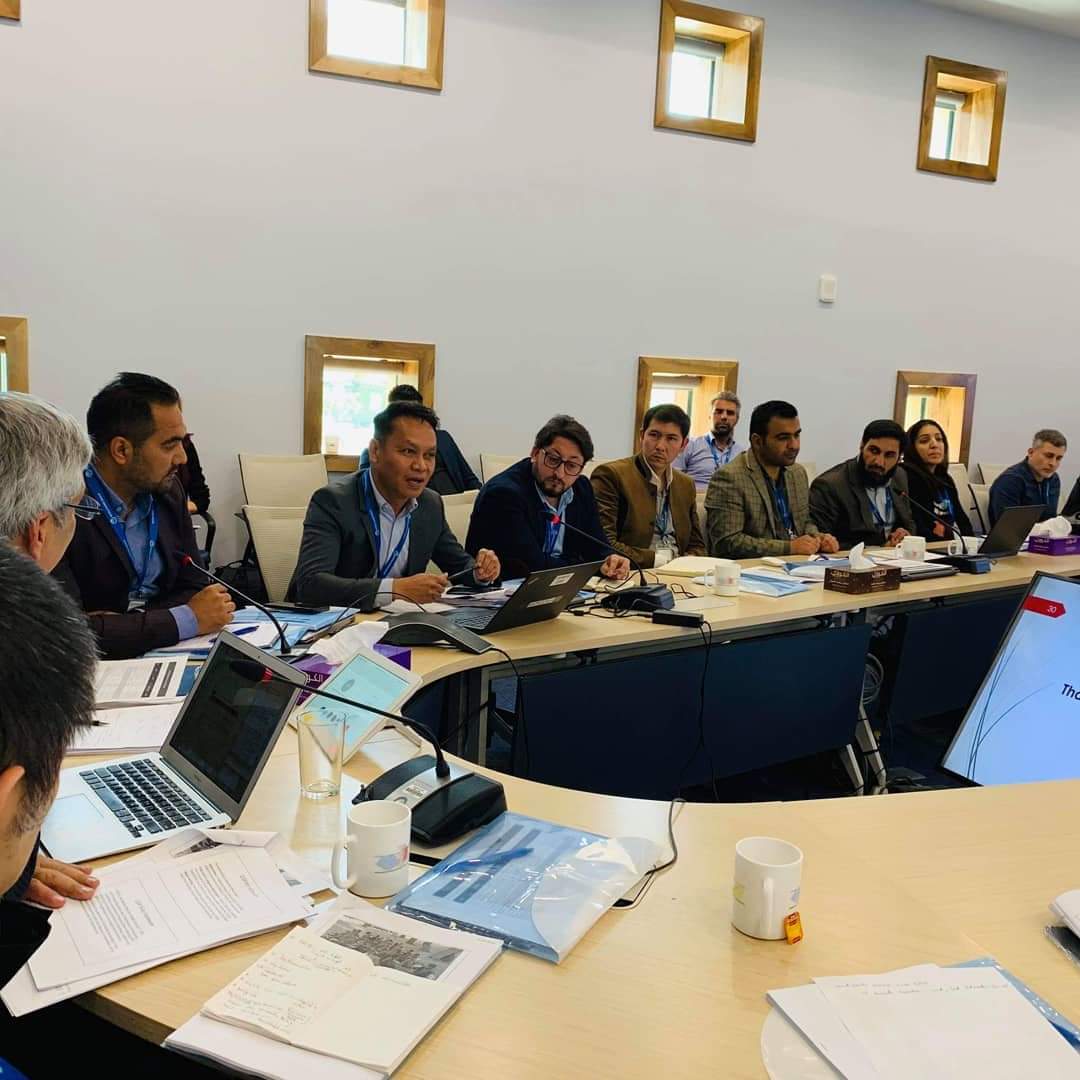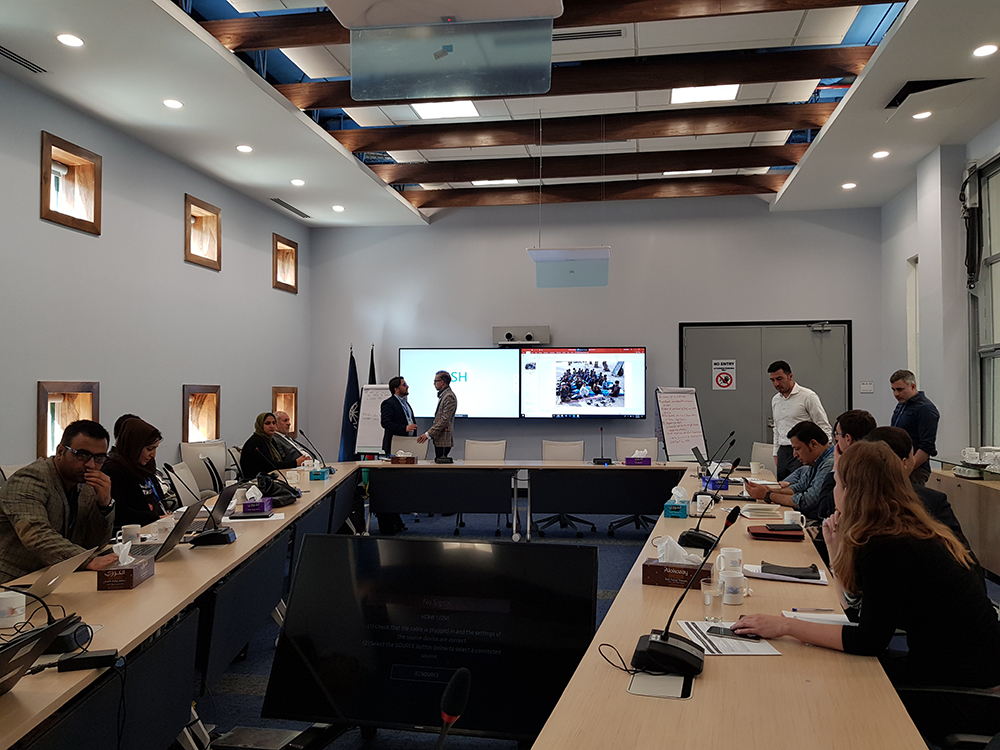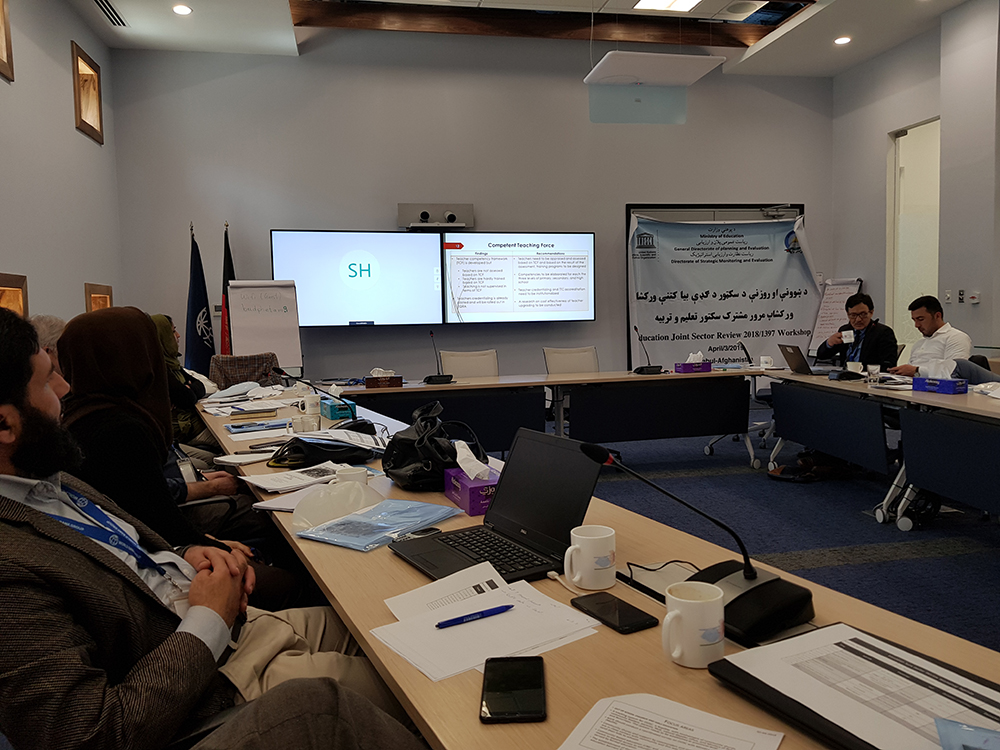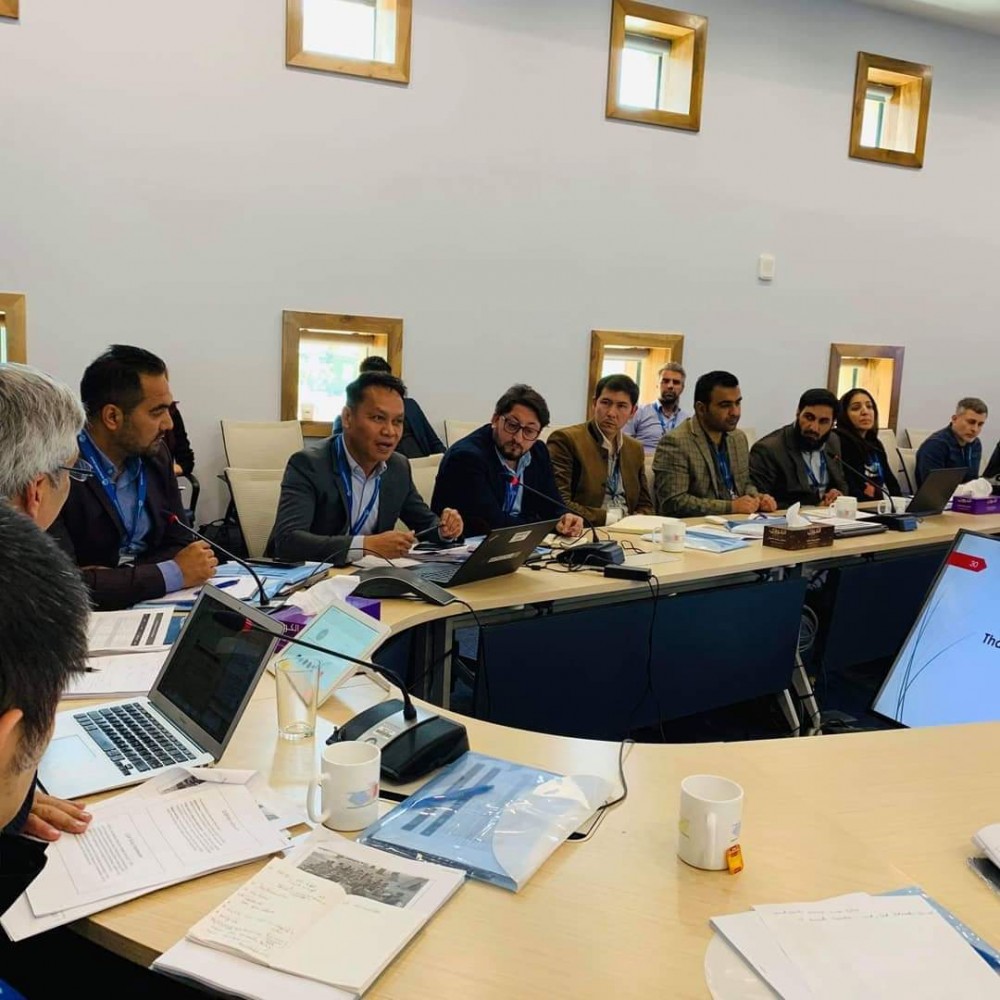Education Joint Sector Review

Education Joint Sector Review Report 2018 released
Ministry of Education presented its Education Joint Sector Review (EJSR) Report on Wednesday, 03 April, 2018 at World Bank Conference Hall in Kabul.
The report presents findings (challenges and recommendations) from Laghman, Herat, Kandahar, Samangan provinces of Afghanistan. More than 34 representatives of Gov. CSOs, National and International NGOs and Donor agencies including UNESCO and UNICEF participated in question and answer session of the workshop.
The following questions were raised by the participants during the workshop:
1. Question: participant asked more clarification on the EJSR methodology?
Answer: The Education Joint Sector Review for 2018 was participatory and consultative with development partners and a taskforce was established consist from (UNESCO, UNICEF, AWEC, SCA, IRC, SC and BRAC) including MoE programs at national and sub-national level. The review covered all the MoE programs (General Education, Islamic Education, teacher training, curriculum, TVET and literacy). The review covered some specific focus areas in 8 provinces (Laghman, Kandahar, Samangan, Hirat, Nangarahr, Badakhshan, Balkh and Faryab as well as description analyses of the EMIS data at national level.
2. Question: will there be enough capacity to build 6000 school if funding is available?
Answer: school construction responsibility has shifted to MRRD and MoUDH to support MoE and they have established mechanisms to support it. MRRD build schools through community development councils (CDCs) using cost effective school designs using locally available materials. The school designs were reviewed and approved by third part hired by WB.
3. Question: raised by the Literacy technical advisor that the Literacy actual performance in 2018 which was made by the DM Literacy and its implementing partners are not well reflected in the EJSR report may the information was not collected from the right source.
Answer: The EJSR is not MoE annual progress report to include progress of all activities (this is already reflected in MoE annual report). The 2018 EJSR is based on the specific focus areas, however, we will assign the responsible team to revisit DM Literacy and the report will be revised based on focus areas.
4. Question: How inclusive the 2018 EJSR was?
Answer: 2018 EJSR mainly focused only on 11th specific focus areas based on NESP-III components (Quality and Relevance, Equal Access and Efficient and Transparent Management) the focus areas were selected and agreed by the EJSR taskforce.
5. Question: The 2018 EJSR findings presented as a list of challenges and some of recommendations are general and need to be made more specific.
Answer: As many focus areas were included in the 2018 EJSR therefore, some challenges discussed generally which needs for depth study and clarification and the EJSR team will consider this issue in the next 2019 EJSR.
6. Question: How the education problems of returnees and IDPs covered by the review?
Answer: The EJSR focused on MoE and NGOs recent efforts on IDPs and returnees such as: two MoUs have been signed with NRC and NAC regarding IDPs and returnees’ education program as well as EIE working group has developed a policy regarding IDPs and returnees’ education but it is not finalized yet. Beside MoE has developed producer that how to provide on time education for returnees and IDPs especially for returnees coming from Pakistan and Iran and disseminated to all PEDs for implementation. This procedure will provide facilities to IDPs and returnees in order to get enrolled in schools and provide better accesses to education.
7. Question: How formative assessment does relates to ACR?
Answer: The EJSR team have studied many sources regarding formative assessment including Assessment for Learning developed by UNICEF and Continuous Assessment for teacher developed by (ACR) and analyzed problems and gaps in the mentioned documents as mentioned in the EJSR report.
8. Question: Passing rate just mentioned for grad 12 would it be possible to calculate passing rate in primary and secondary level?
Answer: Data regarding passing rate for all level is available in EMIS, the EJSR team will include it in the final report.
The report recommends:
- EJSR recommendations should be categorized in short/mid/long terms recommendations
- Benchmarking should be against status of a more recent year, e.g. 2012 or later instead of the year 2001 immediately after the fall of Taliban
- Strategy and guideline for social mobilization should be developed in order to involve CDCs in monitoring and data collection regarding different aspects of the education
2018 EJSR Workshop Minutes April 3 WB



